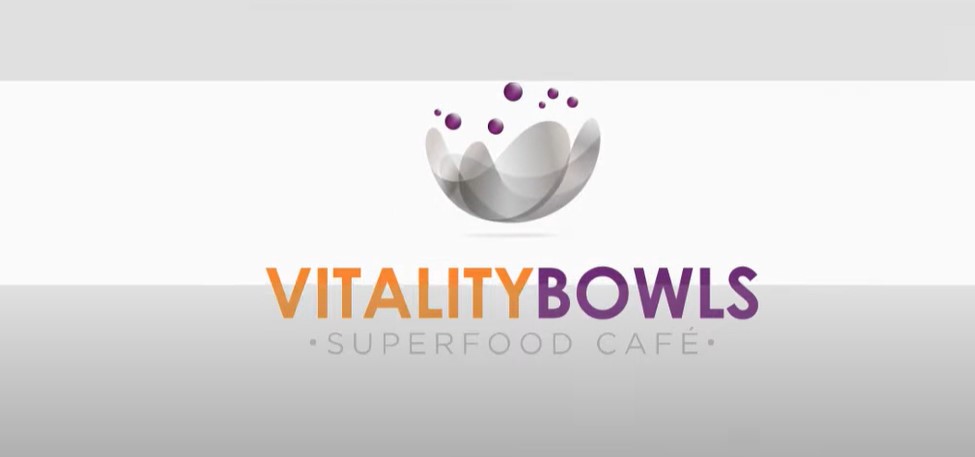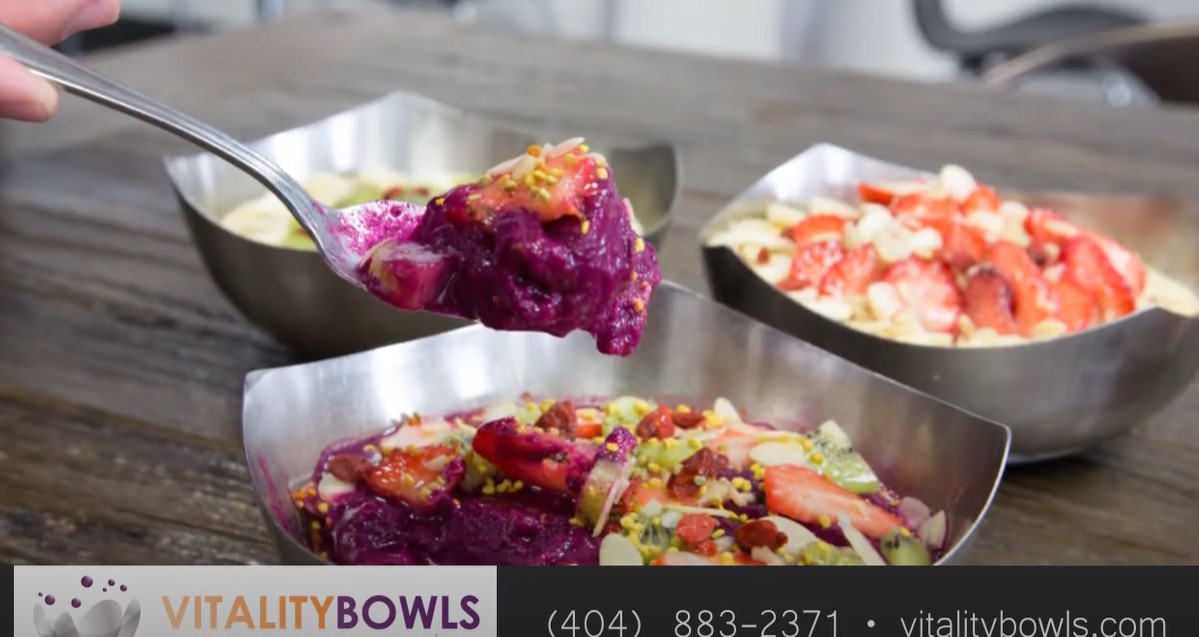Vitality Bowl Nutrition Facts
Step into the vibrant world of Vitality Bowl nutrition facts, where wholesome ingredients meet culinary creativity for a nutrient-rich extravaganza. Unearth the healthful secrets woven into each bowl, a journey of discovery that will transform your understanding of how delectable, nutritious eating can truly be.
When it comes to healthy eating, understanding the nutritional content of your favorite dishes is essential. Vitality Bowls have become a popular choice for health-conscious individuals seeking a nutrient-rich meal that is both delicious and satisfying. These vibrant, colorful bowls, typically packed with acai, fruits, nuts, and seeds, offer a range of health benefits. However, the exact nutritional content can vary depending on the ingredients used.
In this article, we will delve into the nutrition facts of Vitality Bowls, exploring the benefits and potential pitfalls of these superfood-packed meals. We’ll also provide tips on how to build a balanced bowl that maximizes health benefits while avoiding excessive calories or sugar. Whether you’re a seasoned fan or new to the trend, understanding the nutritional profile of Vitality Bowls can help you make informed choices that align with your health goals.

What is a Vitality Bowl?
Vitality Bowls are essentially smoothie bowls that combine a base of acai, pitaya (dragon fruit), or other nutrient-dense fruits with a variety of toppings like granola, fresh fruit, nuts, seeds, and honey. The base is often made from blended frozen fruit, providing a thick, spoonable texture. These bowls are celebrated for their high antioxidant content, thanks to ingredients like acai, which is known for its rich anthocyanin content.
Nutritional Breakdown of a Typical Vitality Bowl
Base Ingredients
- Acai Berry: High in antioxidants, particularly anthocyanins, acai is known for its ability to combat oxidative stress. A typical unsweetened acai puree pack contains:
- Calories: 70
- Carbohydrates: 4g
- Dietary Fiber: 3g
- Protein: 1g
- Total Fat: 5g
- Saturated Fat: 1g
- Sodium: 10mg
- Pitaya (Dragon Fruit): Low in calories but rich in vitamin C and fiber, dragon fruit adds a vibrant color and a dose of antioxidants to the bowl.
Common Toppings
- Granola: Provides a crunchy texture and is a good source of carbohydrates, but be cautious of added sugars. Depending on the brand, a 1/4 cup serving of granola can add:
- Calories: 120-150
- Sugars: 6-10g
- Fiber: 2-4g
- Fresh Fruits: Berries, bananas, and mangoes are common toppings. They add natural sweetness, vitamins, and fiber to your bowl. For example, half a medium banana adds:
- Calories: 55
- Carbohydrates: 14g
- Sugars: 7g
- Fiber: 1.5g
- Nuts and Seeds: Almonds, chia seeds, and hemp seeds add healthy fats, protein, and fiber. A tablespoon of chia seeds contributes:
- Calories: 58
- Fat: 3.8g (of which 3g are Omega-3 fatty acids)
- Protein: 2g
- Fiber: 4g
Health Benefits of Vitality Bowls
Antioxidant-Rich
Vitality Bowls are packed with antioxidants, especially from ingredients like acai and berries, which help neutralize free radicals in the body and may reduce the risk of chronic diseases.
High in Fiber
The combination of fruits, nuts, and seeds ensures that these bowls are a good source of dietary fiber, which aids digestion and helps maintain a healthy gut.
Nutrient-Dense
These bowls provide a wide range of vitamins and minerals, including vitamin C, potassium, and magnesium, all of which are essential for overall health.
Potential Pitfalls to Watch Out For
While Vitality Bowls are generally healthy, it’s important to be mindful of the calorie and sugar content, especially if you’re adding sweetened toppings like granola, honey, or dried fruits. A bowl with too many high-calorie toppings can quickly turn from a healthy meal into a calorie-dense dessert.
Tips for a Balanced Bowl
- Choose Unsweetened Bases: Opt for unsweetened acai or pitaya to control sugar intake.
- Limit High-Calorie Toppings: Be mindful of portions when adding granola, nuts, and seeds.
- Add Protein: Include a source of protein, such as Greek yogurt or a scoop of protein powder, to make the bowl more filling and balanced.

Frequently Asked Questions
Are Vitality Bowls good for weight loss?
Vitality Bowls can be part of a weight-loss plan if portion sizes are controlled and high-calorie toppings are limited. Choose ingredients that are nutrient-dense but lower in calories, such as fresh fruits and unsweetened bases.
How many calories are in a typical Vitality Bowl?
The calorie content can vary significantly depending on the ingredients used. A basic acai bowl with minimal toppings might contain around 300-400 calories, while more elaborate versions with added granola, honey, and nuts can exceed 600-700 calories.
What are the health benefits of acai?
Acai berries are rich in antioxidants, fiber, and healthy fats. They may help support heart health, improve digestion, and provide anti-inflammatory benefits. However, it’s important to consume them in their pure, unsweetened form to maximize these benefits.
Understanding the nutritional profile of Vitality Bowls can help you enjoy these delicious and healthy meals without overdoing it on the calories or sugar. With the right balance of ingredients, a Vitality Bowl can be a refreshing and nutritious addition to your diet.
Read also: Fruity Snacks nutrition facts






